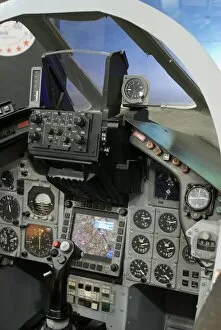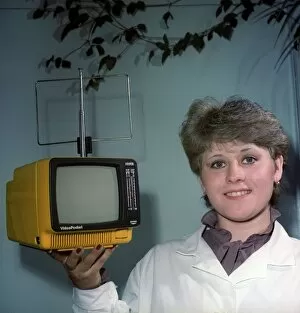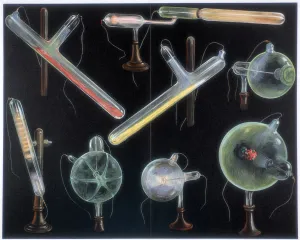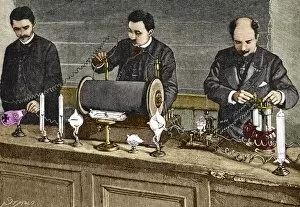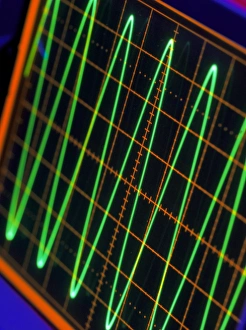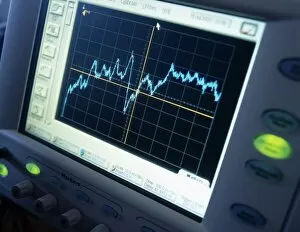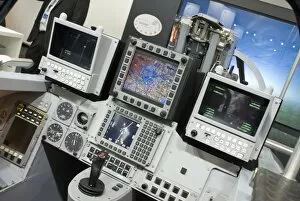Cathode Ray Tube Collection
The cathode ray tube, a technological marvel that has left its mark on various aspects of human life throughout history
All Professionally Made to Order for Quick Shipping
The cathode ray tube, a technological marvel that has left its mark on various aspects of human life throughout history. From the military aircraft cockpit to the cozy living room, this remarkable invention has captivated our imaginations. Imagine sitting in a military aircraft cockpit, surrounded by an array of cathode ray tubes displaying vital information and radar images, providing pilots with crucial data for their missions. The flickering screens illuminating their faces as they navigate through the skies. In another scene, we see a woman holding a small television set with a cathode ray tube inside. This portable device allowed people to bring entertainment into their homes like never before. Families gathered around these magical boxes, eagerly watching their favorite shows and movies together. But let's not forget that the roots of this technology date back centuries ago. In 1780, John, the 4th Duke of Atholl and his family were immortalized in an oil painting where they posed elegantly amidst grandeur surroundings - little did they know that one day their image would be displayed on screens powered by cathode ray tubes. Moving forward in time to Paris during the reign of Mme. De Pompadour; her extravagant table adorned with a sauce boat bearing her coat of arms showcases how even royal households embraced this innovation. Delving deeper into history brings us to 1496 when Ferdinand of Aragon and Isabella of Castile had their arms emblazoned on a Manises dish using traditional techniques - perhaps unknowingly foreshadowing future advancements such as cathode ray tubes. Fast-forwarding again to c. 1900 when Josse Goosens created a colored lithograph depicting Champagne Berton being enjoyed while gazing at mesmerizing images emanating from cathode ray tube televisions - proof that this invention was becoming deeply ingrained in society's fabric. Scientific experiments also played an essential role in understanding this technology better.

